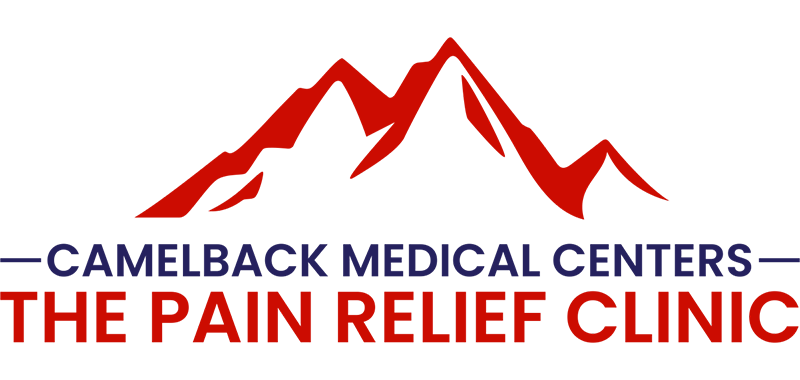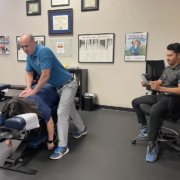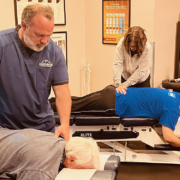How to Take Care of Chronic Low Back Pain
Are you tired of constantly struggling with chronic low back pain? You’re not alone. Millions of people worldwide share this distressing experience. But what if there was a comprehensive guide to help you understand, manage, and even prevent this debilitating condition? Look no further! In this blog post, we will delve into the depths of chronic low back pain, debunk common misconceptions, and provide valuable self-care strategies to alleviate your discomfort and improve your quality of life.
Short Summary
-
Gaining an understanding of chronic low back pain can help individuals make informed decisions and seek effective relief.
-
Symptoms, causes, risk factors, diagnosis methods and treatments should be discussed with a healthcare professional for proper guidance.
-
Self care strategies such as exercise, maintaining a healthy weight & posture are important to prevent & manage chronic low back pain.
Understanding Chronic Low Back Pain

Chronic low back pain, defined as pain that persists for more than three months, is a widespread issue that impacts the lives of countless individuals. It’s a major cause of absenteeism in the United States and often results from various factors, such as weak abdominal muscles, poor posture, and a sedentary lifestyle.
However, chronic back pain, especially in the form of low back pain, is not merely an inevitable consequence of aging, nor is it solely attributable to a mechanical issue. In fact, many misconceptions surround this condition, leading to confusion and ineffective treatments.
By gaining a deeper understanding of chronic low back pain, you can make informed decisions about your health and seek effective pain relief options.
Definition and Duration
Chronic low back pain differs from acute pain, which typically resolves within a few days or weeks. The term “chronic” refers to pain that persists for over three months, even after an initial injury or underlying cause has been treated. Common causes include muscle strains, ligament sprains, and herniated discs, often resulting from heavy lifting or other strenuous activities.
It’s crucial to recognize and address chronic low back pain early, as it can significantly impact your daily life and overall well-being.
Schedule your first appointment at Camelback Medical Centers today!
Impact on Quality of Life
Living with chronic low back pain can be a constant struggle, as it severely affects your physical functioning, emotional well-being, and social activities. Discomfort can range from a dull ache to a sharp, shooting sensation, making it difficult to move or stand up straight. Prolonged pain can result in:
-
Disability
-
Anxiety
-
Depression
-
Reduced self-esteem
That’s why it’s essential to seek appropriate treatment and support to alleviate pain, regain mobility, and improve your quality of life.
Common Misconceptions

Misinformation about chronic low back pain can lead to unnecessary worry and ineffective treatments. Here are some common misconceptions about back pain.
-
Age is the sole cause of back pain.
-
Surgery is the only solution for back pain.
-
Medications are not effective for relieving back pain.
-
Physical therapy is not helpful for back pain.
-
Alternative therapies are not effective for back pain.
However, the truth is that numerous non-surgical interventions, such as medications, physical therapy, and chiropractic, can provide effective pain relief for chronic low back pain.
Additionally, extended bed rest is not recommended, as it can exacerbate pain and diminish muscle tone and flexibility. Proper guidance from a healthcare professional, such as a Chiropractor or Medical Doctor, can help you return to normal activities while avoiding further injury. Schedule your first appointment at Camelback Medical Centers today!
Identifying Symptoms of Chronic Low Back Pain
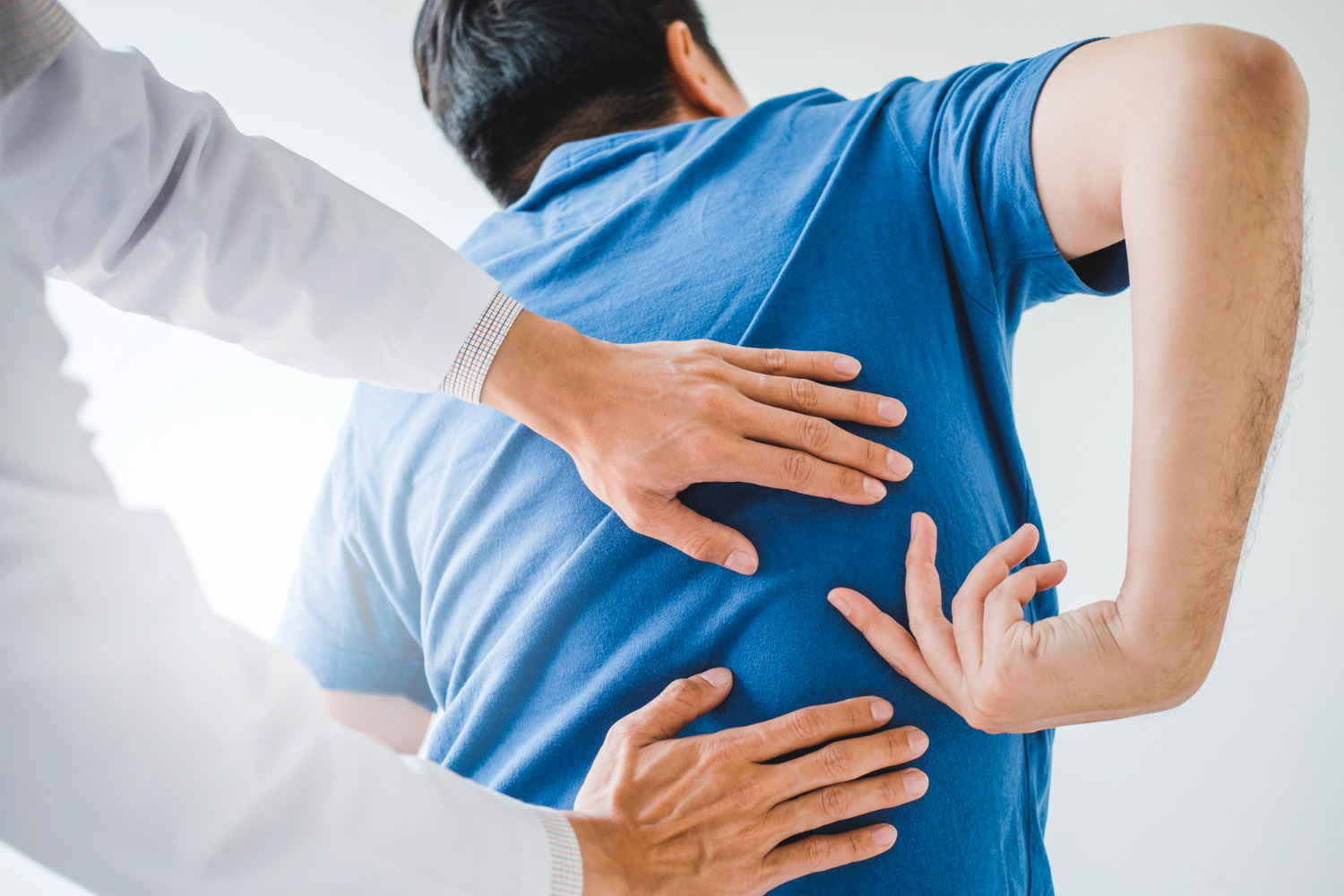
Recognizing the symptoms of chronic low back pain is crucial for seeking appropriate treatment. Symptoms may include:
-
A dull ache
-
Stabbing sensation
-
Shooting pain
-
Muscle stiffness
-
Weakness
-
Numbness in the legs
If you experience any of these symptoms, it is important to consult with a healthcare professional for a proper diagnosis and treatment plan.
Additionally, certain red flags indicate the need for immediate medical attention, such as severe pain, fever, or loss of bladder or bowel control. By understanding the different symptoms and their potential causes, you can better communicate with your healthcare provider and find the most effective treatment plan.
Pain Characteristics
The pain associated with chronic low back pain can vary in intensity and nature. It can range from a dull ache to a sharp, shooting sensation, making it difficult to move or stand up straight. Certain movements or positions may exacerbate the pain, such as bending, twisting, or lifting heavy objects.
In some instances, continuous shooting or tingling pain may indicate lumbar disc disease or other underlying conditions, such as kidney stones. Being aware of your pain characteristics can help guide your healthcare provider in diagnosing and treating your chronic low back pain.
Associated Symptoms
In addition to localized pain, some individuals with chronic low back pain may experience associated symptoms. These can include:
-
Muscle stiffness
-
Weakness
-
Numbness in the legs
-
Sciatica, a condition in which a bulging disc presses on the sciatic nerve, may cause pain to radiate from the buttock along one leg.
Spondyloarthropathy, an inflammatory condition, can lead to spinal stiffness that is most severe in the morning, diminished mobility, and reduced capacity to take a deep breath. Identifying these associated symptoms can help your healthcare provider determine the most effective treatment strategy for your specific needs.
Red Flags
Certain warning signs, or red flags, indicate the need for immediate medical attention in cases of low back pain. These include:
-
Back pain after a fall or injury
-
Pain accompanied by issues with bowel or bladder control
-
Leg weakness
-
Fever
-
Pain when coughing or urinating
If you experience any of these symptoms, it is important to seek medical attention as soon as possible.
Cauda Equina Syndrome, a serious injury to the spinal cord, can cause leg weakness, perineal numbness (numbness between the inner thighs), and difficulty urinating. If you experience any of these red flags, seek immediate medical care to ensure proper diagnosis and treatment. Schedule your first appointment at Camelback Medical Centers today!
Causes and Risk Factors
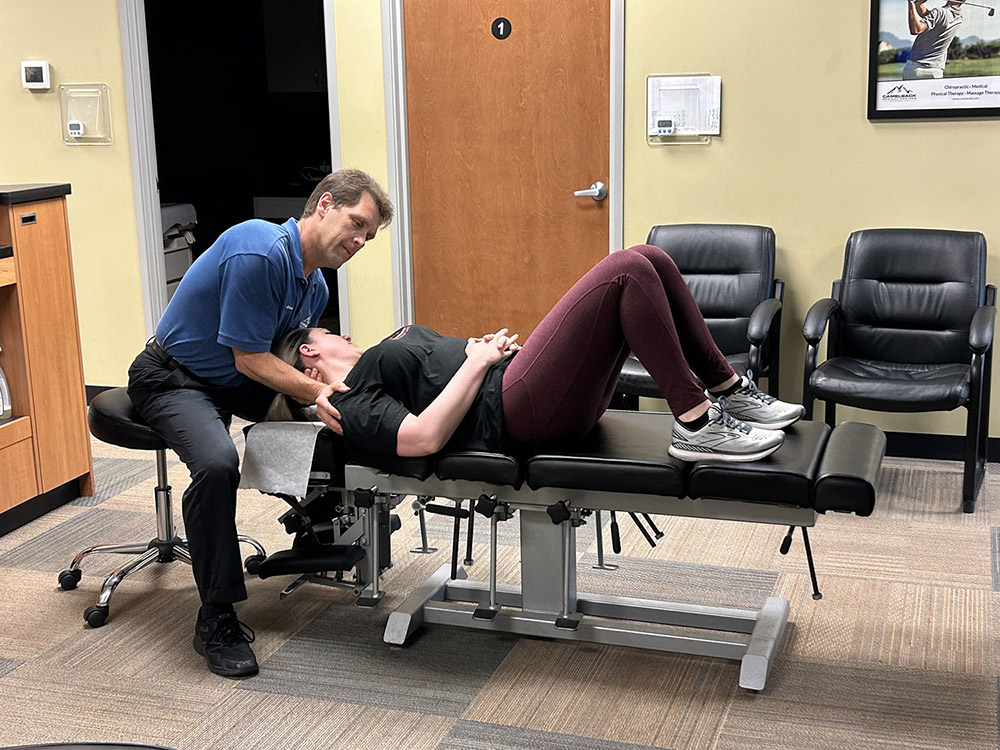
Understanding the various causes and risk factors for chronic low back pain can help you take preventive measures and seek appropriate treatment. Common causes include injuries and strains, degenerative conditions, and lifestyle factors.
By addressing these underlying issues, you can better manage your chronic low back pain and improve your overall health.
Injuries and Strains
Physical injuries are a common cause of chronic low back pain. Some examples include:
-
Straining a muscle from strenuous lifting or twisting
-
Experiencing a sudden shock in a car accident
-
Enduring stress on spinal bones and tissues resulting in a herniated disc
These injuries can all lead to chronic pain, sometimes making the pain worse over time.
Proper body mechanics, such as engaging the back and abdominal muscles during heavy lifting, can help prevent these types of injuries and strains.
Degenerative Conditions
Degenerative conditions, such as spondylosis (osteoarthritis of the spine) and seronegative spondyloarthropathies, can also contribute to chronic low back pain. Osteoporosis is a progressive decrease in bone density. This can cause the bones to become brittle and porous, making them more vulnerable to fractures.
Degenerative disc disease occurs when the discs between the vertebrae of the spine become damaged, leading to chronic pain. Spinal stenosis, a narrowing of the spinal canal, can compress the spinal cord and nerve roots, causing chronic pain.
Early diagnosis and treatment of these degenerative conditions can help manage pain and prevent further deterioration.
Lifestyle Factors
Lifestyle factors, such as poor posture, obesity, and a sedentary lifestyle, can increase the risk of developing chronic low back pain. Weak muscles and joints resulting from these factors can put additional strain on the spine, potentially leading to pinched spinal nerves and prolonged pain.
By maintaining a healthy weight, engaging in regular exercise, and practicing proper posture, you can help prevent chronic low back pain and promote overall spinal health. Schedule your first appointment at Camelback Medical Centers today!
Diagnosing Chronic Low Back Pain

Proper diagnosis of chronic low back pain is essential for determining the most effective treatment plan. A healthcare provider will consider your medical history and perform a physical examination, which may include imaging studies and additional tests if necessary.
By accurately diagnosing the cause of your chronic low back pain, you can work with your healthcare provider to develop a targeted treatment plan to alleviate your pain and improve your quality of life.
Medical History and Physical Examination
A thorough medical history and physical examination are crucial for diagnosing chronic low back pain. Your healthcare provider will inquire about the onset, duration, and location of your pain, as well as any previous injuries or medical conditions.
The physical examination will involve evaluating your posture, range of motion, and muscle strength. This comprehensive evaluation helps determine the cause of your pain and guides your treatment plan.
Imaging Studies
Imaging studies, such as X-rays, MRI, or CT scans, may be used to visualize the spine and surrounding structures in certain cases of chronic low back pain. These tests can provide clear pictures of:
-
Vertebrae
-
Discs
-
Muscles
-
Ligaments
-
Tendons
These images can help your healthcare provider identify any damage or abnormalities that may be causing your pain.
However, routine imaging is not recommended unless red flags are present or the patient has undergone up to six weeks of medical management and physical therapy.
Additional Tests
In some cases, additional tests may be necessary to diagnose chronic low back pain. Blood tests are a reliable way to detect genetic markers associated with certain conditions. Ankylosing spondylitis is one such condition that can cause back pain. EMG is a technique used to detect any abnormalities in the nerves and muscles. It can help identify potential neuropathy that causes tingling or numbness in the legs.
Urine tests can tell us if someone has kidney stones. These stones can cause pain in the flank, which is the area around the sides of the lower back. These tests, along with the information gathered from your medical history and physical examination, can help your healthcare provider accurately diagnose the cause of your chronic low back pain. Schedule your first appointment at Camelback Medical Centers today!
Non-Invasive Treatment Options
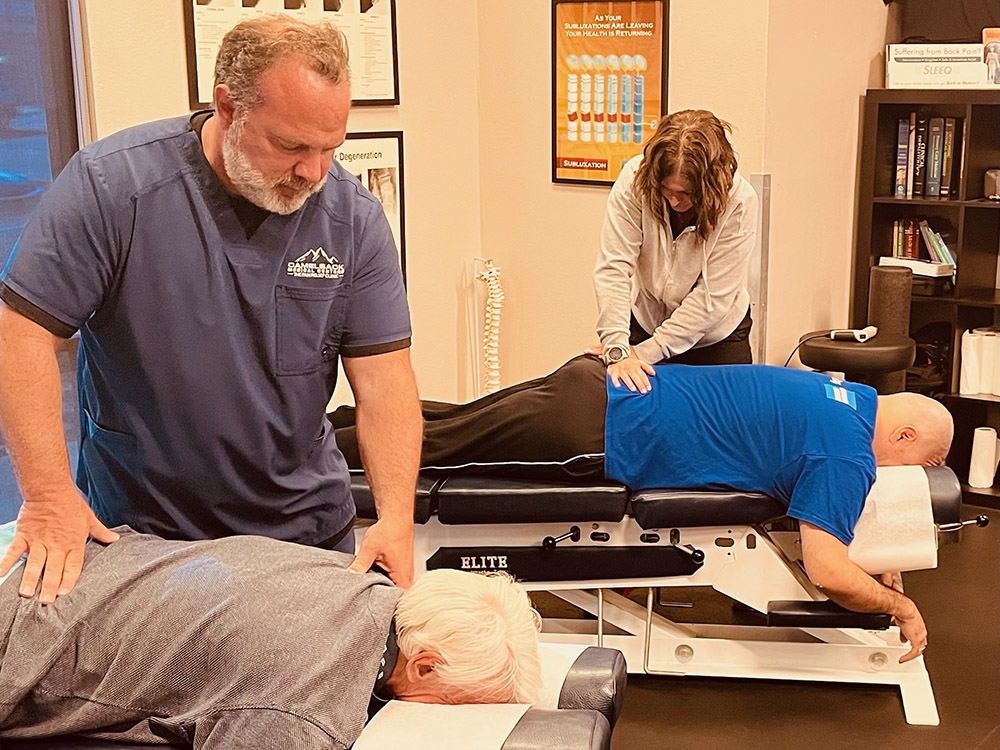
Once the cause of your chronic low back pain has been determined, a variety of non-invasive treatment options may be recommended. These can include medications, physical therapy, and alternative therapies, all aimed at managing your pain and improving your quality of life.
By working closely with your healthcare provider and adhering to a tailored treatment plan, you can experience relief from chronic low back pain and regain your mobility.
Medications
Over-the-counter and prescription medications can help relieve pain and inflammation associated with chronic low back pain. Some commonly prescribed medications for managing chronic pain include:
-
Nonsteroidal anti-inflammatory drugs (NSAIDs)
-
Skeletal muscle relaxants
-
Acetaminophen
-
Opioids and other medications may be prescribed in cases of more intense pain.
Topical creams, gels, and patches may also be prescribed as pain relievers to assist with pain relief.
Camelback Medical Centers Physical Therapy
Physical therapy at Camelback Medical Centers can help improve flexibility, strength, and posture to alleviate chronic low back pain. A personalized program will be designed to suit your individual needs, including exercises, stretches, and other activities to enhance flexibility, strength, and posture.
By working with physical therapists, you can learn proper movement techniques and exercises to prevent further injury and manage your chronic low back pain more effectively.
Schedule your first appointment at Camelback Medical Centers today!
Alternative Therapies
Alternative therapies, such as acupuncture, massage, and chiropractic care, may provide additional relief for chronic low back pain. These therapies can complement your existing treatment plan and further support your spinal health.
Studies have shown that some individuals with chronic low back pain may benefit from acupuncture treatments, while others may find relief through massage or chiropractic spinal manipulation. By exploring these alternative therapies, you may discover new ways to manage your chronic low back pain and improve your overall well-being.
Invasive Treatments and Procedures
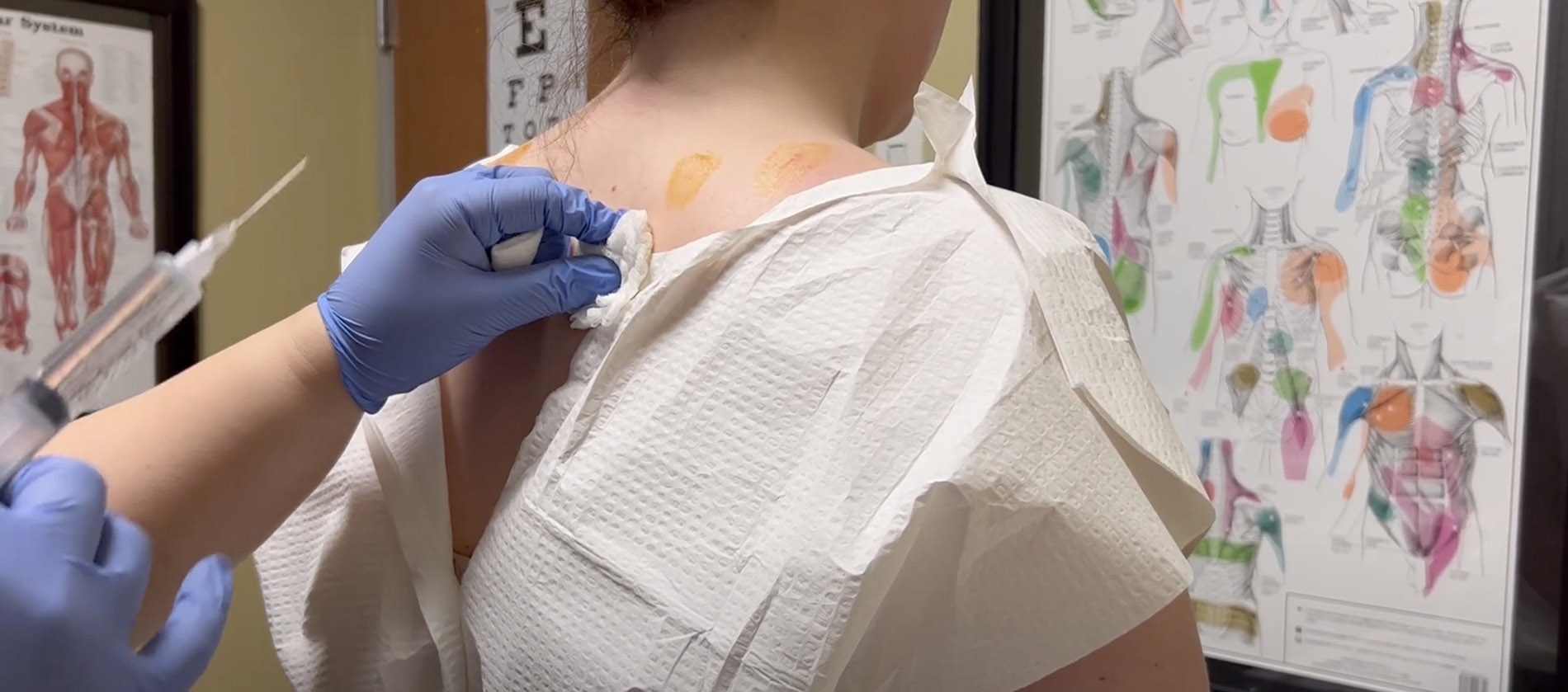
In more severe cases of chronic low back pain, invasive treatments and procedures may be necessary to effectively manage and alleviate your pain. These options include injections, surgery, and implantable devices, which can address the underlying cause of your pain and provide long-term relief.
It’s essential to discuss these options with your healthcare provider to determine the most appropriate course of action for your specific condition.
Injections
Steroid injections or nerve blocks may be recommended for persistent pain that has not responded to other treatments. These injections can help reduce inflammation and discomfort in the affected area, providing temporary pain relief. However, injections should only be considered when other treatments have been unsuccessful and should not be used as the initial treatment.
It’s important to discuss the potential risks and benefits of injections with your healthcare provider before proceeding.
Surgery
Surgical options for chronic low back pain include disc removal, spinal fusion, or other procedures to address the underlying cause of pain. Surgery is rarely necessary for chronic low back pain, and most cases improve naturally within a three-month period.
However, in certain instances where conservative therapy has failed, surgery may be considered to alleviate pain and improve mobility. Discussing your specific condition with a spine specialist can help determine if surgery is the right course of action for you.
Implantable Devices
Implantable devices, such as spinal cord stimulators or intrathecal drug delivery systems, can help manage severe, unresponsive chronic low back pain. These devices are surgically implanted into the body to provide long-term pain relief and improved mobility.
The potential benefits of implantable devices should be weighed against the risks, which may include infection, device malfunction, and nerve damage. Consulting with your healthcare provider can help determine if implantable devices are an appropriate treatment option for your chronic low back pain.
Self-Care Strategies for Chronic Low Back Pain
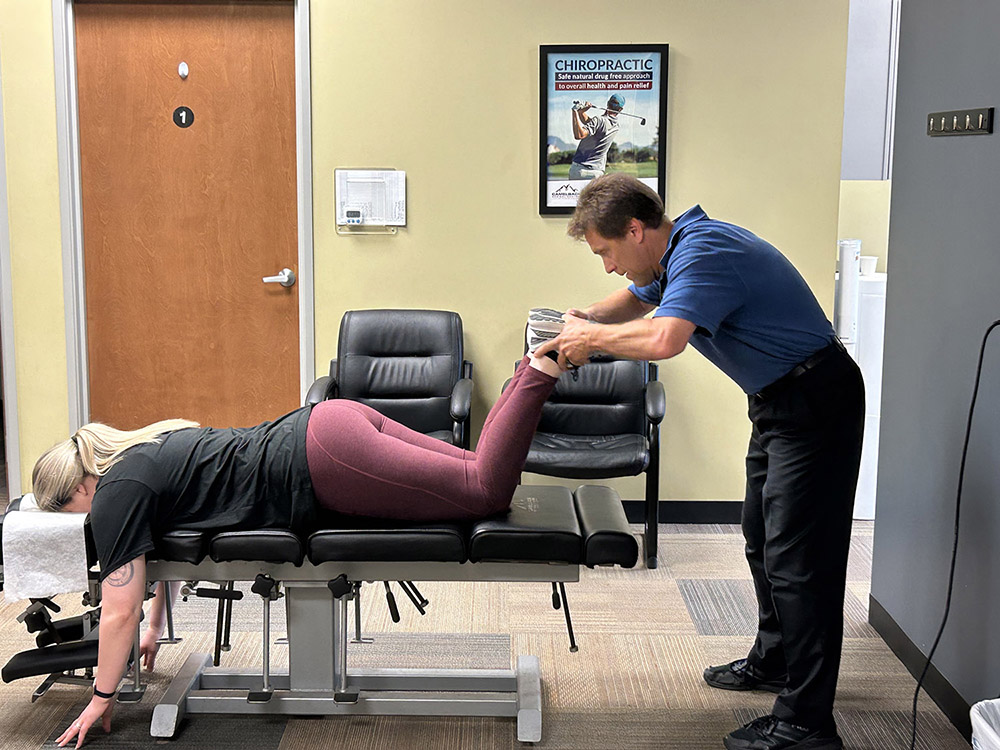
Managing chronic low back pain doesn’t end with medical treatment. Self-care strategies, such as exercise, maintaining a healthy weight, and proper ergonomics, can help you manage and prevent chronic low back pain.
By incorporating these strategies into your daily routine, you can take control of your pain and improve your overall spinal health.
Exercise and Stretching
Regular physical activity and targeted stretches can help maintain a healthy spine and alleviate chronic low back pain. Exercises and stretches that focus on strengthening the core and increasing flexibility, such as the double knee-to-chest stretch and single knee-to-chest stretch, can be particularly beneficial.
Walking is a therapeutic exercise for chronic low back pain, promoting blood flow and reducing muscle tightness. It’s important to start slowly and gradually increase the intensity of your exercises and stretches, always listening to your body and stopping if any pain or discomfort is experienced.
Maintaining a Healthy Weight
Excess weight can strain the spine and contribute to chronic low back pain. By maintaining a healthy weight, you can alleviate pressure on your spine and reduce pain.
Engaging in a balanced diet, regular physical activity, and getting adequate rest are essential for maintaining a healthy weight. Consult with your healthcare provider before starting any weight loss program to ensure it is safe and appropriate for your specific needs.
Ergonomics and Posture
Proper body mechanics and workstation setup play a crucial role in preventing chronic low back pain and promoting healing. Here are some tips to follow:
-
Ensure your chair is adjustable and offers adequate lumbar support.
-
Keep your feet flat on the floor and your elbows at a 90-degree angle when typing.
-
Position your monitor at eye level.
-
Keep the keyboard close to you.
Practicing proper posture when sitting, standing, and sleeping can also help support the natural curves of your spine and prevent further pain. By incorporating ergonomic tools and techniques into your daily routine, you can minimize strain on your lower back and promote overall spinal health.
Camelback Medical Centers
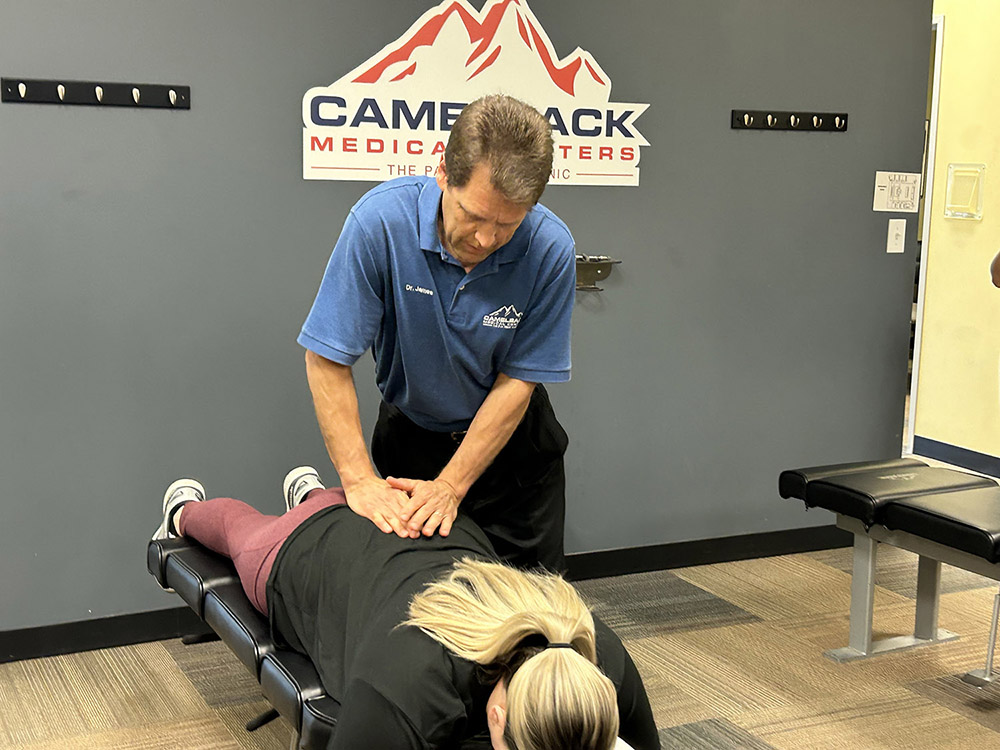
Camelback Medical Centers provide comprehensive, individualized treatment plans for chronic low back pain, offering a range of services, including physical therapy, alternative therapies, and maintenance care.
By working closely with Camelback Medical Centers, you can receive the support and guidance you need to manage your chronic low back pain and improve your quality of life.
Camelback Medical Centers back pain management
Camelback Medical Centers’ approach to back pain management includes a personalized program designed to address your specific needs and goals. This program may involve a combination of medications, physical therapy, and alternative therapies, all aimed at relieving pain, improving mobility, and enhancing overall well-being.
By partnering with Camelback Medical Centers, you can take an active role in your pain management and work towards a healthier, pain-free life.
Camelback Medical Centers maintenance care
Camelback Medical Centers maintenance care program is designed to provide ongoing care and support to prevent future episodes of pain and maintain overall spinal health. This program may include chiropractic care, regular check-ups, and tailored exercise plans to help you maintain your progress and continue to improve your spinal health.
By participating in Camelback Medical Centers maintenance care, you can ensure long-term success in managing your chronic low back pain.
Summary
Chronic low back pain can be a significant burden on your daily life, but with the right knowledge, treatment, and self-care strategies, you can regain control and live a healthier, pain-free life. By understanding the various causes, symptoms, and treatment options available, you can work closely with your healthcare provider to develop a personalized plan that addresses your unique needs. Remember, taking an active role in your pain management journey is crucial for long-term success and well-being. Embrace the power of knowledge and take the first step towards a happier, healthier you.
Frequently Asked Questions
What causes chronic low back pain?
Osteoarthritis and degenerative disk disease are the primary causes of chronic lower back pain, but it can also be caused by trauma or acute stress.
What are the three types of low back pain?
Lower back pain can be classified into three common types according to Michael Ashburn, MD, MPH, MBA: mechanical, inflammatory, and neuroopathic.
Mechanical lower back pain is caused by strain or injury to the muscles, ligaments, and discs that support the spine. Inflammatory lower back pain is caused by an inflammatory condition such as arthritis or ankylosing spondylitis.
How can I differentiate between chronic and acute low back pain?
Chronic low back pain is characterized by pain that persists for more than three months, while acute pain typically resolves within a few days or weeks, making it easy to differentiate between the two.
This distinction is important for determining the best course of treatment for the patient. For example, chronic low back pain may require physical therapy, while acute pain may be treated with over-the-counter medications.
What are some red flags that indicate the need for immediate medical attention for low back pain?
Immediate medical attention should be sought if low back pain is accompanied by symptoms such as leg weakness, fever, or problems with bowel or bladder control, or if it results from a fall or other injury.
These symptoms may indicate a more serious underlying condition that requires medical attention. If left untreated, the condition may worsen and cause further complications.
What are some non-invasive treatment options for chronic low back pain?
Non-invasive treatments for chronic low back pain include medications, physical therapy, acupuncture, massage, and chiropractic care.
Free Initial Consultation at Camelback Medical Centers
Chiropractor in Scottsdale, Phoenix, Naperville
Camelback Medical Centers provides the best in chiropractic at an affordable price, with locations in Scottsdale, Phoenix and Naperville. Visit Camelback chiropractor and pain clinic for chiropractic, medical & physical therapy.
Our well trained and experienced chiropractors, therapists and medical providers use an integrated approach to help you feel better now and keep you feeling better in the future.
Come see us at Camelback Medical Centers, for your Free Initial Consultation today! We are happy to take same day appointments and walks-ins at any of our convenient locations in Scottsdale, Phoenix or Naperville.
For more informations on our Chiropractor Centers and Pain Clinics, please visit our website or make an appointment.
